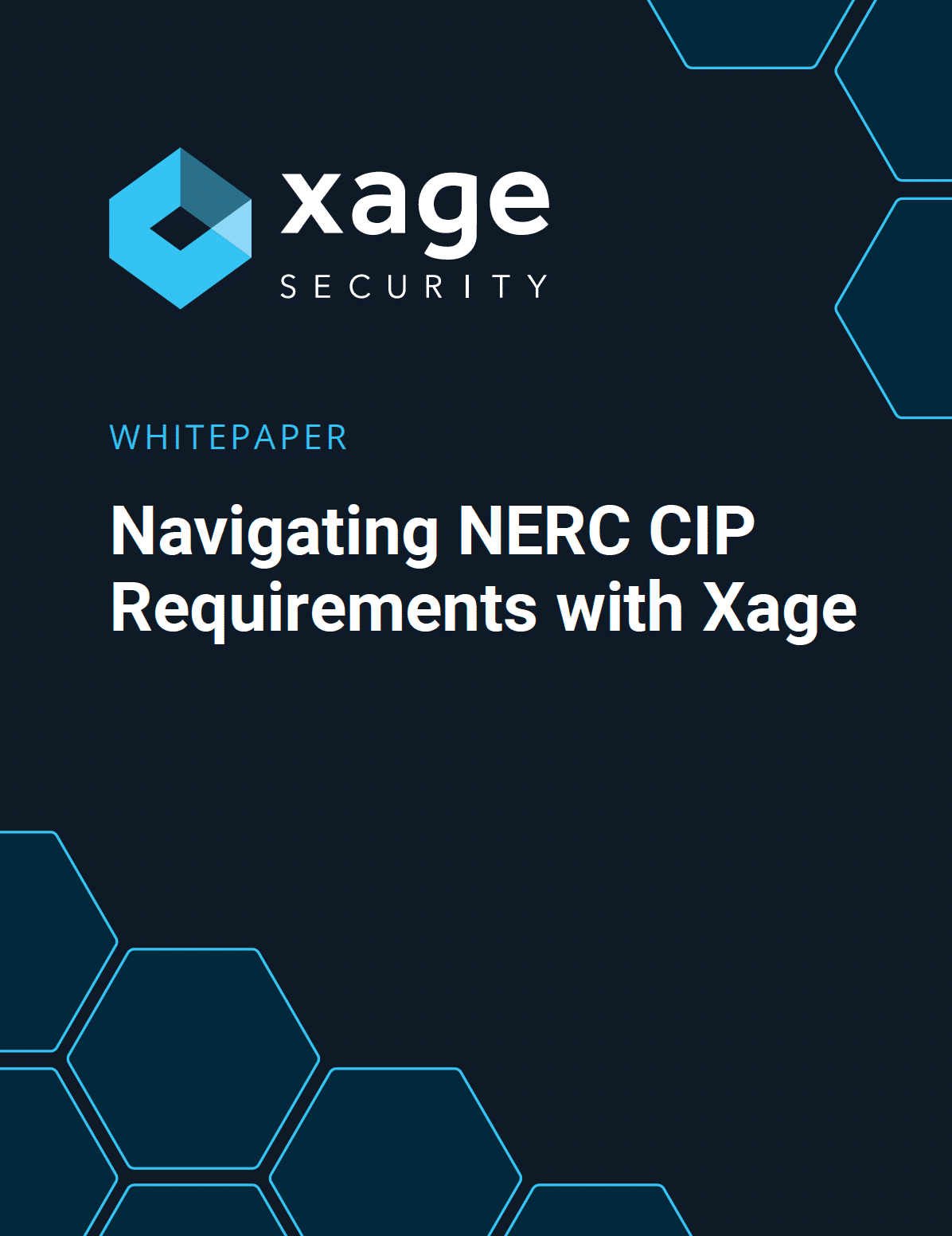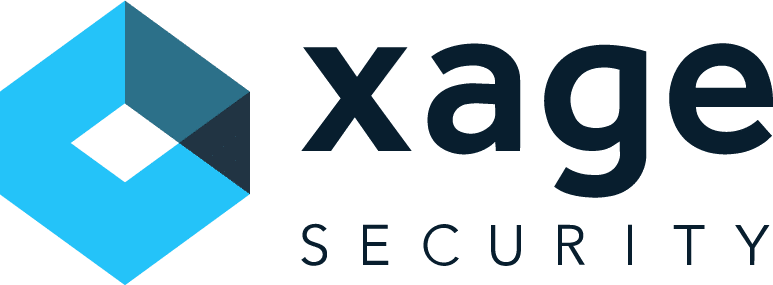Author: Amit Pawar, VP of Consulting and Services, Xage Security
The North American Electric Reliability Corporation (NERC) is the regulatory body that puts together guidelines for assuring reliability and security of the power delivery networks in North America.The Critical Infrastructure Protection (CIP) standards are designed to address cybersecurity concerns of the North American power grids. These standards dictate how utilities and power operators must secure critical cyber assets to prevent cyberattacks and maintain grid reliability. Covering key areas such as asset identification, electronic and physical security, personnel training, incident response, and recovery planning, NERC CIP ensures a comprehensive cybersecurity framework for the energy sector.
Since its official approval in 2008, NERC CIP has undergone multiple revisions, continuously strengthening protections. Over time, new security measures have been introduced, including supply chain risk management, remote access security, and enhanced incident reporting. The latest updates, set to take effect in 2025, bring even stricter cybersecurity measures to address evolving threats.
This post explores the new NERC CIP regulations, their impact on utilities, and how Xage can help meet compliance requirements.

2025 Evolving CIP Standards and Categorization
The 2025 NERC CIP updates introduce expanded and clarified cybersecurity requirements for all Bulk Electric System (BES) Cyber Systems. The revised standards—CIP-003-9, CIP-005-7, CIP-010-4, and CIP-013-2—increase cybersecurity resilience across the industry.
A significant shift involves reclassifying historically “low-impact” assets, such as substations and distributed energy resources (DERs), subjecting them to stricter security controls or even elevating them to medium-impact classification. This change is driven by the growing role of these assets in grid reliability and refinements in CIP-002 and CIP-003, making it more difficult for sites to remain exempt from stringent cybersecurity regulations. These updates reflect NERC’s commitment to enhancing security, reliability, and resilience against emerging cyber threats, including expansions related to CIP-012 data protection for Control Centers.
Key Implications for Utilities
The upcoming NERC CIP changes introduce stricter cybersecurity requirements, particularly in remote access management, configuration controls, and vendor oversight.
- Stronger Remote Access Security (CIP-005): Utilities must implement multi-factor authentication (MFA)—such as PKI tokens and smart cards—even for assets that were previously classified as low-risk. This significantly enhances security by preventing unauthorized access.
- Enhanced Configuration Controls (CIP-010): Utilities are now required to implement secure software updates, vulnerability assessments, and stricter patch management across a broader range of systems, minimizing potential cyber risks.
- Tighter Vendor and Supply Chain Oversight (CIP-013): New rules ensure that third-party access, remote sessions, and patch deliveries are secured, verified, and audited, strengthening supply chain security and reducing risks associated with vendor interactions.
These measures reinforce grid security while addressing the growing dependence on remote connectivity and third-party services in the energy sector. For larger transmission stations, CIP-014 physical security considerations may also intertwine with these new cyber requirements.
Xage Security Helps Utilities Comply with New NERC CIP Mandates
To help utilities navigate NERC CIP compliance, Xage provides a comprehensive security solution that aligns with the latest regulatory updates.
Smart Card (PKI) Authentication: Xage enforces Public Key Infrastructure (PKI) authentication, requiring Common Access Cards (CAC), Personal Identity Verification (PIV), or YubiKey credentials for interactive remote access. This ensures only authorized personnel can access critical systems, preventing credential theft and unauthorized logins (CIP-005).
Read More About Xage Smart Card (PKI) Authentication
Privileged Access Management (PAM): With session recording and session sharing, Xage enhances transparency and control over privileged access. These features ensure that all administrative activities are logged, monitored, and auditable, helping utilities meet CIP-005 and CIP-010 requirements for compliance audits and forensic investigations.
Read More About Xage Privileged Access Management (PAM)
Secure File Transfer: Xage enables encrypted, policy-controlled file transfers, ensuring patches, configuration updates, and software deployments are secure, verified, and tamper-proof. This supports CIP-010 and CIP-013 by protecting against unauthorized modifications and supply chain threats.
Read More About Xage Secure File Transfer
Micro-Segmentation and Zero Trust Architecture: Implementing Zero Trust security, Xage restricts device-to-device communications to only pre-authorized pathways, preventing lateral movement of threats across the network. This approach directly strengthens CIP-005 and CIP-010 compliance, minimizing cyber intrusion risks.
Read More About Xage Microsegmentation
With these capabilities, Xage enables utilities to proactively secure critical infrastructure, reduce compliance burdens, and enhance cyber resilience against ever-evolving threats.
Why Choose Xage?
Xage provides a comprehensive, future-proof cybersecurity solution designed to simplify NERC CIP compliance while strengthening grid security and operational resilience. As a unified compliance platform, Xage integrates MFA, secure remote access, encrypted file transfers, privileged access management, and device identity verification, ensuring adherence to all NERC CIP impact categories without the complexity of multiple security solutions.
With scalability at its core, Xage seamlessly supports both small Low-Impact substations and large Medium-Impact transmission hubs, providing a flexible and efficient security framework that adapts to diverse utility environments. Unlike traditional security models, Xage’s Zero Trust architecture continuously verifies every access request, preventing unauthorized device-to-device communication and lateral threat movement. This approach not only ensures compliance with CIP-005 and CIP-010 but also future-proofs security infrastructure against evolving regulations and cyber threats.
Beyond access controls, Xage enhances compliance automation and audit readiness by maintaining detailed session logs, real-time access monitoring, and policy-based controls, reducing the burden of manual compliance management and ensuring utilities remain always prepared for regulatory audits. Additionally, Xage strengthens vendor and supply chain security, expanding on CIP-013 requirements to ensure third-party access, patch deliveries, and remote sessions are secure, verified, and auditable, mitigating supply chain risks and maintaining end-to-end system integrity.
By combining identity management, Zero Trust segmentation, and automated compliance tools, Xage empowers utilities to stay ahead of evolving NERC CIP mandates, streamline security operations, and protect critical infrastructure from emerging cyber threats. With Xage, utilities can simplify compliance, enhance security, and future-proof their infrastructure, ensuring grid reliability in an increasingly complex cyber landscape.

WHITEPAPER
Navigating NERC CIP Requirements with Xage
Download the whitepaper for a deeper dive into the new NERC CIP requirements — who’s affected, what’s required, and how utilities can respond effectively with Xage









